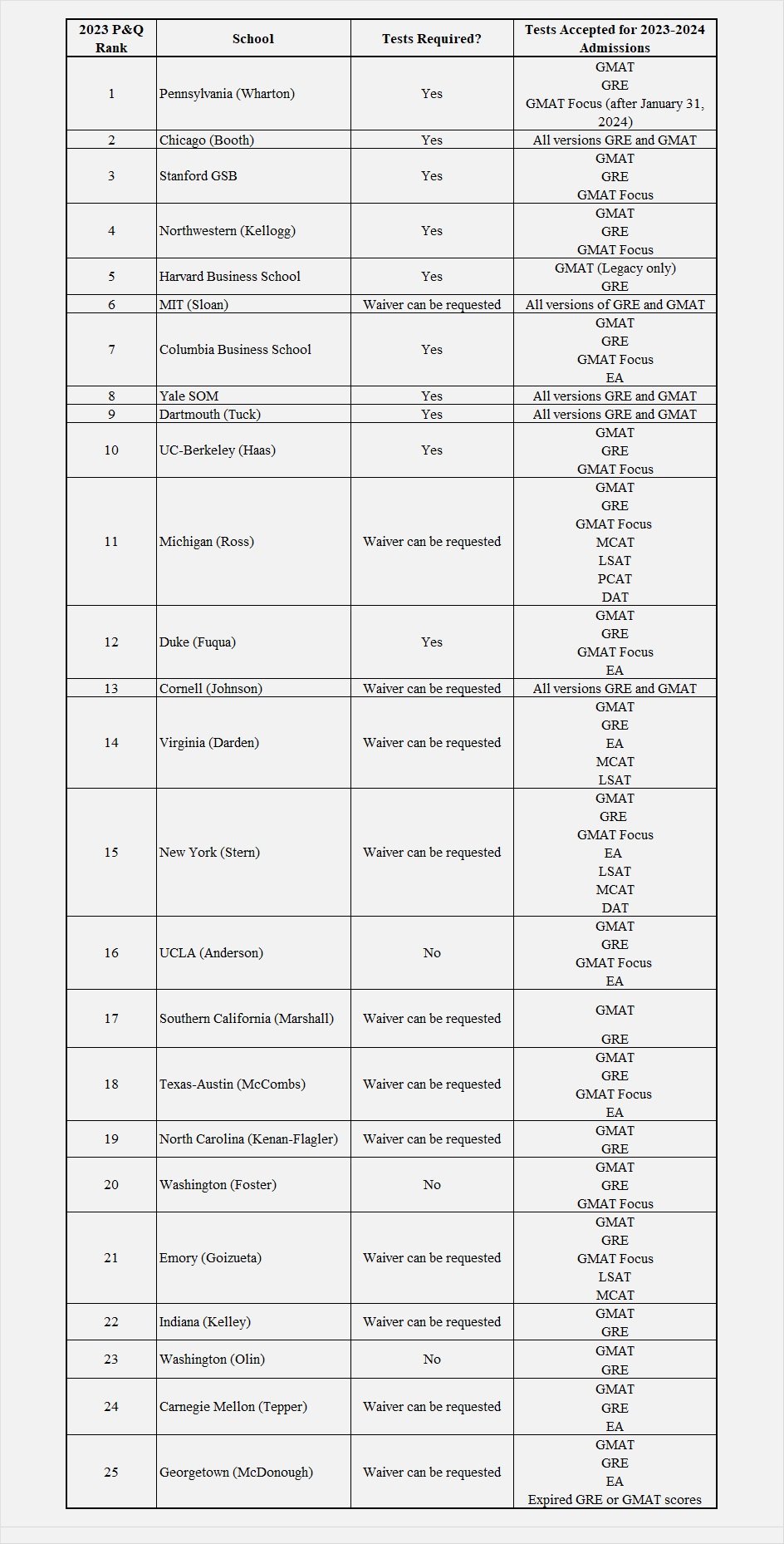The full-time MBA program at NYU Stern has released its 2023-2024 application deadlines and requirements. It’s never too early to plan for your best submission!
Round Submission Deadline Decision Notification
Round 1 18 September 2023 01 December 2023
Round 2 18 October 2023 01 January 2024
Round 3 18 January 2024 01 April 2024
Round 4 18 April 2024 Ongoing
Prepare to get creative for NYU Stern’s essays. And allow yourself plenty of time to think through how your previous meaningful personal and professional experiences have inspired your post-MBA goals, influenced how you view change, and helped shape who you are and what you will bring to the Stern community.
Short Answer: Professional Aspirations
What are your short-term career goals? (150 word maximum, double-spaced, 12-point font)
State a clear post-MBA goal using straight-forward terminology. And make it clear how obtaining the Stern MBA will position you, given your previous work and educational experiences, to achieve this goal.
Essay 1: Change: _________ it
In today’s global business environment, the only constant is change. Using NYU Stern’s brand call to action, we want to know how you view change. Change: _____ it. Fill in the blank with a word of your choice. Why does this word resonate with you? How will you embrace your own personal tagline while at Stern? Examples: Change: Dare it. Change: Dream it. Change: Drive it. Change: Empower it. Change: Manifest it. Change: [Any word of your choice] it. (350 word maximum, double-spaced, 12-point font)
So, how do you perceive change? The word you select to fill in the blank is far less important than how you back up that claim with experiences from your life. As we always say, the best evidence that you’ll do something in the future is having already done it in the past. Show the reader that you’ve lived your tagline and will continue to do so at Stern.
To get started, brainstorm anecdotes about transitional times in your life. What prompted these periods of change? How did you respond? What key learnings about yourself and others came about as a result of experiencing this change? Then, reading through your stories, look for a common theme that will help lead you to a word for your tagline. When you’ve decided on one, choose the most substantial anecdote that supports your claim and take the reader on a deep dive into that experience. Explore how the experience prompted an evolution in your perspective and reinforced your desire and ability to continue to live your tagline at Stern and beyond.
Essay 2: Personal Expression (a.k.a. "Pick Six")
Describe yourself to the Admissions Committee and to your future classmates using six images and corresponding captions. Your uploaded PDF should contain all of the following elements:
A brief introduction or overview of your "Pick Six" (no more than 3 sentences).
Six images that help illustrate who you are.
A one-sentence caption for each of the six images that helps explain why they were selected and are significant to you.
Note: Your visuals may include photos, infographics, drawings, or any other images that best describe you. Your document must be uploaded as a single PDF. The essay cannot be sent in physical form or be linked to a website.
The Pick Six is an opportunity to show some personality and demonstrate your unique interests, abilities, passions, and goals in a visual and cohesive way.
Think of your response to this prompt as you would an advertising campaign or curated art exhibition. Individual pieces should be able to stand on their own, but they must also meaningfully connect and contribute to a larger story. Prior to looking through images, consider first what you want to convey overall. Keep in mind the themes of a successful business school application: innovation, leadership, and teamwork. But also explore aspects unique to you and your story. This might include a passion or hobby, personal mantra, life experiences that have brought you to this point, future goals, and/or how you will contribute to the Stern Community.
After you have an idea of the story you want to tell, consider a cohesive theme that can bind your images together. Could you incorporate stills from films you love to help articulate your passion for collaborative leadership? Are you a glassblower and wish to show your creative side through photographs of your original work? Do you have an interest in modern art and hope to communicate your propensity for strategic thinking through some of your favorite pieces? If you’re an analytical type, don’t let this exercise overwhelm you. You are not restricted to photographs, so you can consider graphs, maps, or word clouds. Try to find a mix that feels true to you, while ensuring that each image gives the admissions committee insight into your personality and what you will offer the Stern community. And don’t let the captions become an afterthought. While it is easy to get attached to an image, remember that the words and images must work together to tell your story.
Essay 3: Additional Information (optional)
Please provide any additional information that you would like to bring to the attention of the Admissions Committee. This may include important aspects of yourself not otherwise apparent in your application, current or past gaps in employment, further explanation of your undergraduate record or self-reported academic transcript(s), plans to retake the GMAT, GRE, Executive Assessment, IELTS or TOEFL, or any other relevant information. (250 word maximum, double-spaced, 12-point font)
This essay is for additional context around a weak spot in your application. Did you get a C in calculus? Or withdraw from your courses your sophomore year to help a family member? Do you feel that your lackluster GMAT score isn’t indicative of your abilities?
If you are going to address a low grade in an analytical course or a low GMAT score, don’t make excuses. Spend the majority of your word count demonstrating your ability to excel in rigorous academic or professional environments by using specific examples. Provide information on similar classes in which you achieved excellent grades or give details about a professional pursuit that resulted in success.
If you are speaking to a more sensitive situation, perhaps a big mistake or legal issue that impacted your GPA, spend approximately 20 percent of your essay addressing the situation. Then use the remaining 80 percent on the actions you took to improve and what happened as a result. Do not make excuses, simply address the situation, placing the emphasis on what you learned. Remember, everyone makes mistakes, taking accountability and moving forward demonstrates maturity.
The Writing Process
Begin with a brainstorm. Do not underestimate the importance of this step. Document your experiences, positive and negative, that prompted an evolution in your perspective—you know, those “ah-ha!” moments without which you would be a different student, professional, and/or person today. Then, record those experiences that will show the reader your abilities in innovation (critical/creative thinking and problem solving), leadership, and teamwork, as well as those experiences that reinforced your interest in business school. Capture as many details as possible, paying particular attention to what you thought, felt, said, and did in each situation. Your focus should be on adult experiences (from the start of college and later), though stories from your youth could comprise up to 20 percent of this brainstorm.
During your brainstorm, don’t limit yourself by worrying about a cohesive narrative, the quality of your writing, and/or the number/length of your stories. Simply focus on collecting those situations that helped to guide your path to this point and impacted your decision to apply to the Stern MBA program.
Craft an outline. Select the key stories you will use to anchor your narratives. Remember that you’ll use your essays to go deep into experiences that demonstrate the traits you want to emphasize.
Write. Keep in mind that you must be showing, not telling the reader who you are. In contrast to your resume, which provides a general overview of your experiences, your essay responses should go deep into a story that allows the reader to come to their own conclusions about some of your character traits and abilities. Highlight how you’ve struggled, triumphed, learned, and how these experiences have developed you into the person you are now.
Review. Revise. Repeat. Confirm your word count and read your essay aloud noting where you stumble. Make revisions as necessary. Once it reads smoothly, set it down and walk away for at least 24 hours. Then re-read it. Is it you? Is it personal and authentic? You want the reader to see the real person behind the applicant number. While we caution against “oversharing,” being appropriately vulnerable will create connection.
Related:
Essay Tips: Harvard Business School
Essay Tips: The Stanford Graduate School of Business
Essay Tips: Haas School of Business at the University of California, Berkeley
Essay Tips: The Wharton School of the University of Pennsylvania
Essay Tips: Columbia Business School
Essay Tips: The University of Chicago Booth School of Business
Essay Tips: The Yale School of Management
Essay Tips: The University of Michigan Ross School of Business



